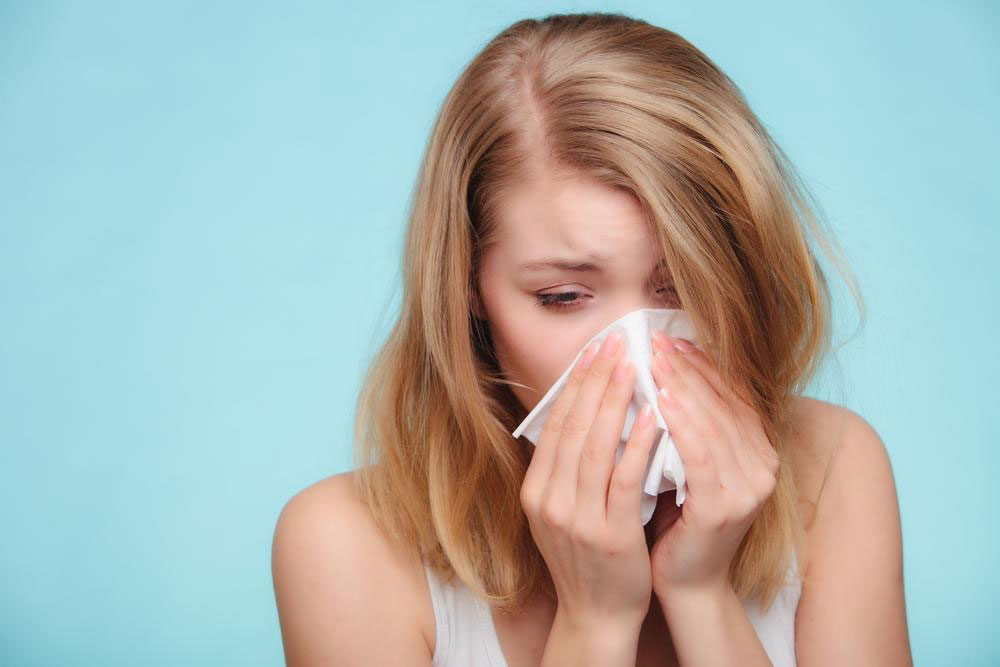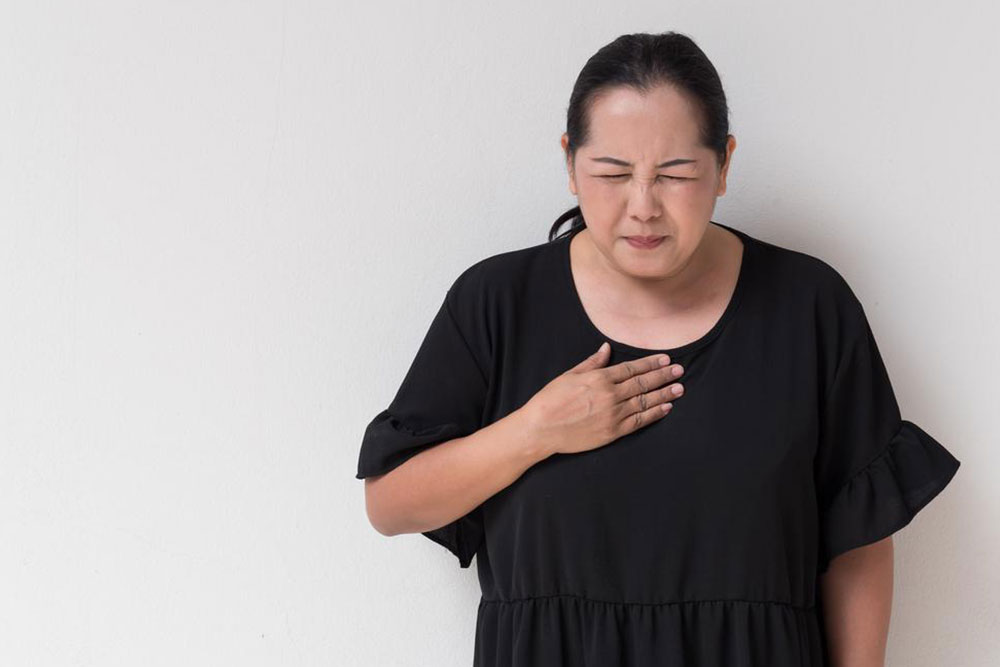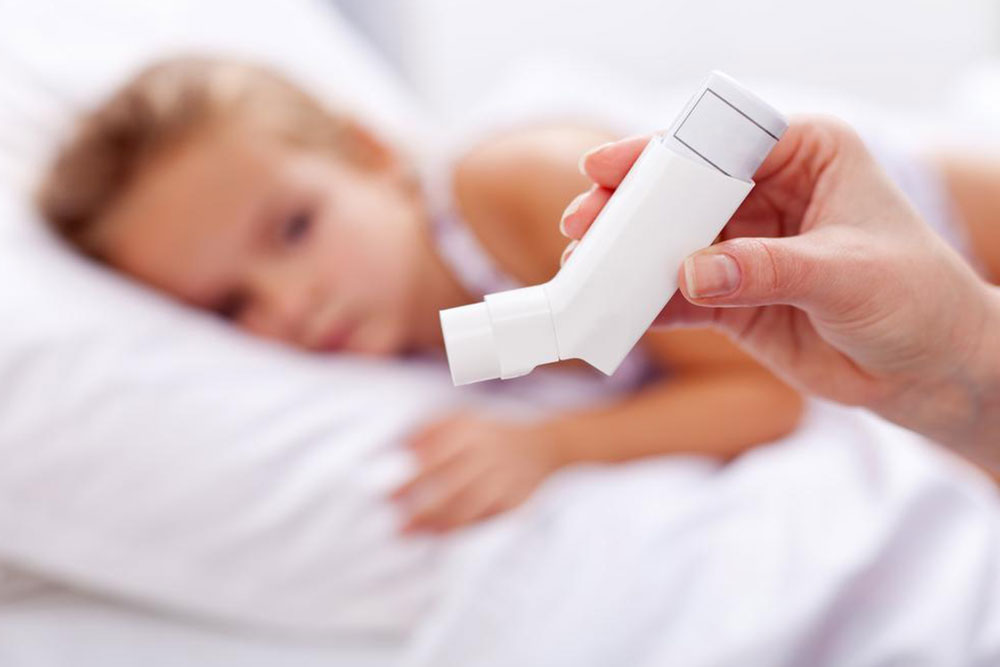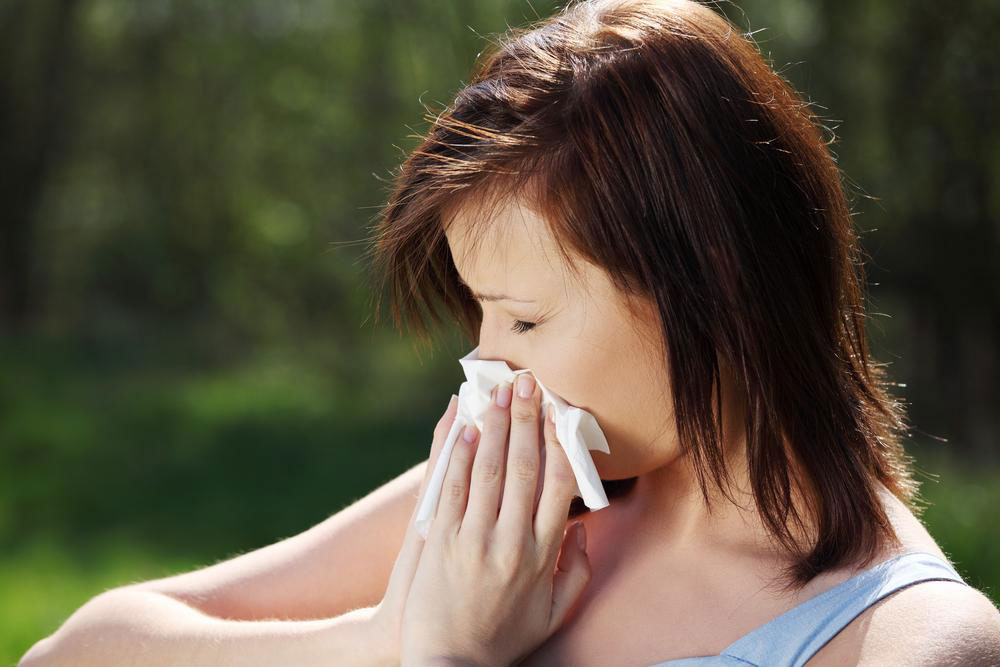Effective Strategies to Overcome Cold and Flu Symptoms
Learn effective methods to distinguish and treat cold and flu symptoms. Understand the differences in onset, duration, and treatment options. Follow hygiene practices to prevent spreading infections and boost recovery with lifestyle tips. Seek professional medical advice for accurate diagnosis and effective care.

Understanding How to Manage Cold and Flu
Cold and flu often have overlapping symptoms, leading to confusion in diagnosis and treatment. Miscommunication about symptoms can result in ineffective remedies. While some medications overlap, prolonged use without proper guidance can cause additional health issues. Recognizing the key differences can aid in better treatment. Cold symptoms tend to develop gradually, with a runny nose, watery eyes, sneezing, and mild cough, usually lasting about a week. In contrast, the flu strikes suddenly, with high fever, body aches, chills, and fatigue, lasting up to several weeks. Accurate diagnosis ensures proper care and prevents complications.
Differences Between Cold and Flu Symptoms
Common cold symptoms include a runny nose, sneezing, sore throat, and mild cough, with occasional chills. Fever is rare and symptoms are usually mild. The flu, however, manifests quickly with high fever, severe body aches, chills, and fatigue. Cold is often caused by allergens or rhinoviruses, whereas the flu is caused by the influenza virus, which is highly contagious and spreads through contact, water, and air. Proper treatment starts with a comprehensive approach, including vaccines for flu and symptomatic relief for colds.
Effective Treatment Methods
The flu can often be prevented through vaccination. Over-the-counter medicines can alleviate cold symptoms, but consulting a healthcare provider is recommended for proper diagnosis. If untreated, cold infections may lead to pneumonia. To prevent spread, practice good hygiene: cover your mouth when coughing or sneezing, wash your hands frequently, avoid sharing personal items, and dispose of used tissues properly. Maintaining a clean, dry environment, staying hydrated, and consuming a healthy diet rich in vegetables and fluids can support recovery. Identifying and avoiding foods that trigger allergies can also be beneficial.
Important Notice
Our website offers practical health information across various topics. While our research is intended to provide helpful insights, it should not replace professional medical advice. Please consult healthcare professionals for diagnosis and treatment options. The site may not include all available schemes or offers, so always seek personalized advice for your health concerns.










